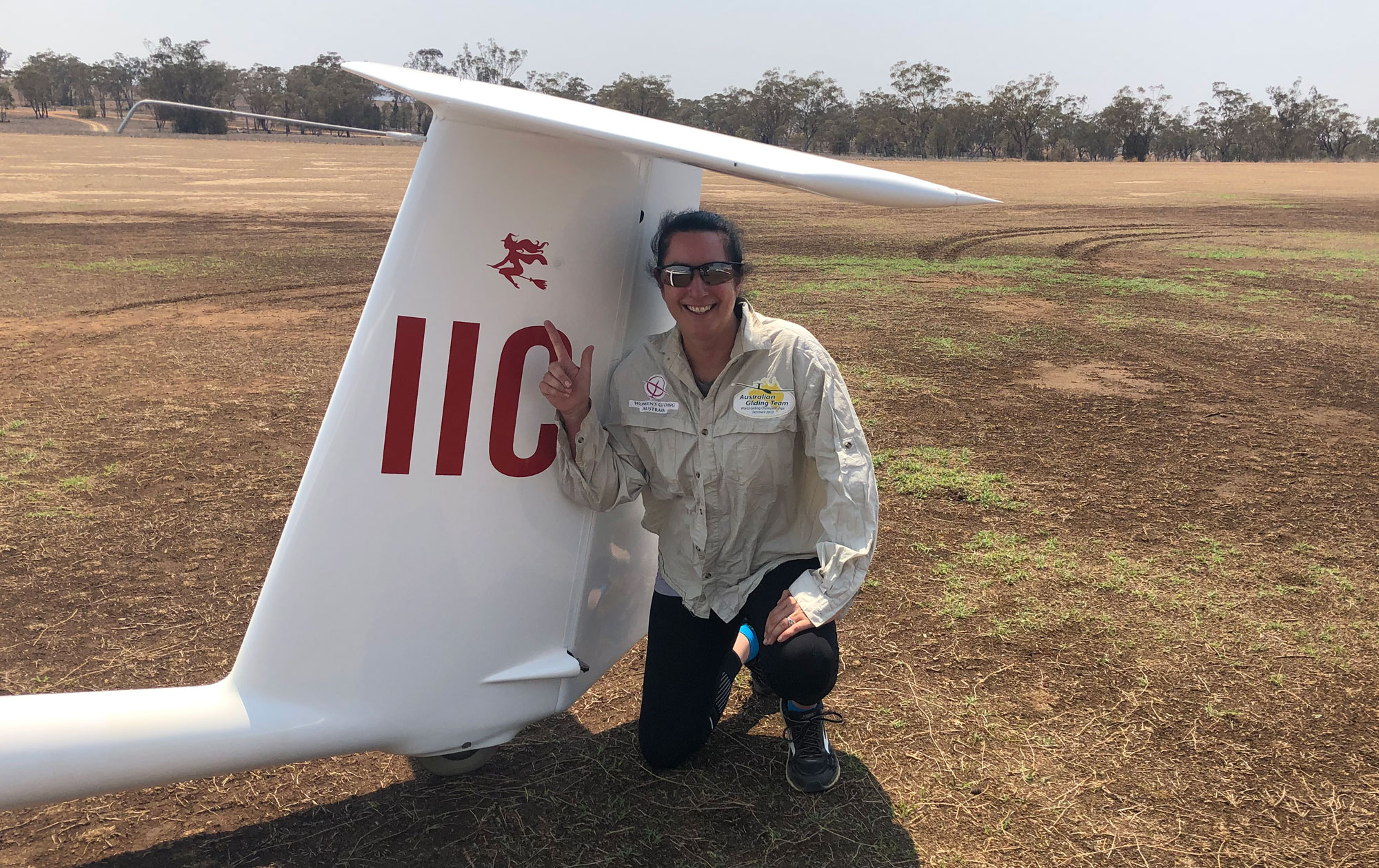
The improvement curve is addictive
There are many reasons why I find myself in the air most weekends, holidays and any spare time I have. The sky is different each day, so every flight is different. Finding the optimal way to gain the most energy and be the fastest is a never-ending journey. There is always a way to improve, and I find the improvement curve addictive.
„Finding the optimal way to gain the most energy and be the fastest is a never-ending journey. There is always a way to improve, and I find the improvement curve addictive.“
Chipping away gets results
The drive to be good at and continually improve at something is the same in any area – sport, work, life. Chipping away at the improvement curve gets results when you are persistent. In my sport, I spend a lot of time culturing an ability to handle stress, remain calm and stay focussed in high pressure moments. This is important from a safety and performance perspective, but I’ve felt the benefits in my work as well when dealing with stressful situations or tight deadlines.
As gliders have no engine, we rely on being able to find lifting air or energy in the sky to keep us airborne. The key to flying fast is being able to spend the least amount of time circling or climbing in this rising air. Invariably the pilot who finds the strongest energy keeps moving forward, which translates into speed. Finding this energy is part of the challenge and key to being a good pilot.
Of course, it’s not all practice and hard work. I’ve had the privilege to fly in some beautiful places around the world and see it from a completely different perspective. There’s really nothing like climbing up the face of a mountain like Mount Cook in New Zealand or seeing a rain front turn into a gold waterfall because you’re high enough to catch that light.
Focus, determination and a calm mind
My role leading a team in the environment consulting space is a demanding and consuming one. Gliding, particularly competitive flying, is also a demanding sport. Both require time and complete attention, but I find they complement each other nicely in a strange way.
I have dealt with difficult gilding situations that have increased my confidence to have a go at handling whatever comes my way at work. Both my work and sport benefit from focus, a bit of determination and a calm mind. I consciously work on these aspects every day.
My most recent competition was the Women’s World Gliding Championships, held at Lake Keepit in New South Wales, Australia. This was a great opportunity for the Australian gilding community as it is usually held in Europe. Competing against the world’s best was obviously as challenging as it sounds! The conditions were brutally hot even by Australian standards, and we were doing five-hour flights (with temperature reaching over 40-degrees) nearly every day for two weeks. Smoke from the bushfires had visibility down to alarming levels at times. It was a bit of an endurance exercise in some ways but good fun! While final results are still under review, our team performed well, I won my class and we also had an Australian win bronze in another class
My current gilding goals are to win the next Australian nationals, complete a 1000 km flight and work towards the next world championships to be in held in Australia, Narromine in 2023.

The importance of ‘seeing’ yourself succeeding
Achieving a goal is more difficult if you can’t see anyone like you in that space. I was lucky with my club, Darling Downs Soaring Club (Queensland, Australia), as we have an unusually high proportion of women. Gliding, like many sports as well as professions like engineering, is often male-dominated. Seeing women as competition pilots, record setters, instructors, coaches, tow pilots, and presidents of the club made it easier for me to envision myself succeeding in the sport. This applies to the workplace as well. I feel it’s vital to have high-profile female leaders who represent our workforce and help younger females to envision their future.
On my own career journey, I’ve had the opportunity to work in some interesting places, like Bangladesh, and on major projects that have had endless technical and personal challenges to overcome. From the very beginning of my time at SMEC, it was clear that the people here are just very seriously good at their job. That was very appealing to me and remains so today. Of course, there is no shortage of an improvement curve to keep things interesting.
Images: Peak Pictures (Michael Zupanc)
Related
insights
 Don't become a Yes Ma’am
Don't become a Yes Ma’am
The 8th annual Women in Engineering Convention in Johannesburg was an opportunity for professional women in the field of engineering to meet and network.
 Embracing the Smart Agenda
Embracing the Smart Agenda
SMEC is made up of problem solvers. We have always helped to find solutions for people - it’s part of our DNA. That’s why the Smart Cities agenda simply represents a contemporary part of our innovation journey and fits neatly into SMEC’s strategic approach to grow and diversify our business.






